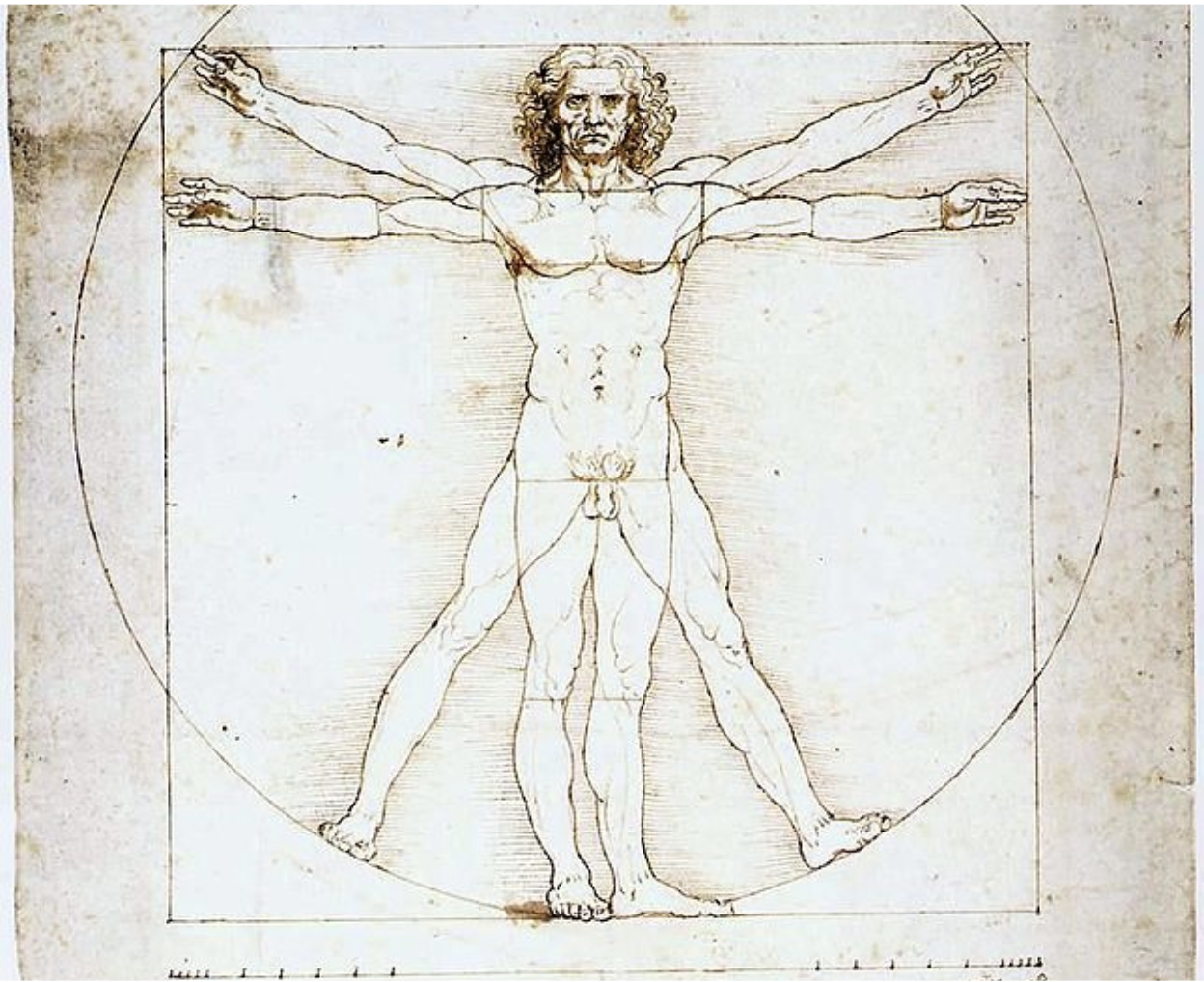Can drunkenness ever be holy? Brady examines the employment of drunkenness as a motif for both spiritual admonition and encouragement in the writings of the Church Fathers and the visual propagation of these teachings through early modern depictions of Noah and His Sons.
While you may not consider your personal possessions and items you use in your daily life to be art, those are the items that were valued as art by ancient societies.
For the ancient Chinese, life in the afterlife was just as important as one’s living existence. This belief structure led to a culture of intricate burial rituals and ornamented tombs full of objects that served as non-functional replicas of items used in daily life. These replicas, or mingqi spirit articles, differed from their functional counterparts by possessing intentional changes in size, color, material, and technique.
Described in a 1980 publication from the Metropolitan Museum of Art and Wen Fong: The Great Bronze Age of China, this 2nd century BC incense burner is a bronze egg-shaped conical vessel elevated on a stem and inlaid with gold from the Western Han Dynasty. The lower half of this bowl-shaped base is comprised of finely inlaid golden waves, while the upper half depicts a mountainous landscape. In a functional variation of this object, the upper half would be perforated, allowing incense smoke to escape through these perforations, thereby surrounding the mountain with a cloud of mist. Incense burners such as this one were thought to aid in the connection between the mundane world and the afterlife through the immediate sensory stimulation the mist provided.
Although this object of material culture and those alike were meant to be buried underground, they were also meant to endure as artistic practices developed throughout ancient history, going on to inform artwork in centuries to come.





